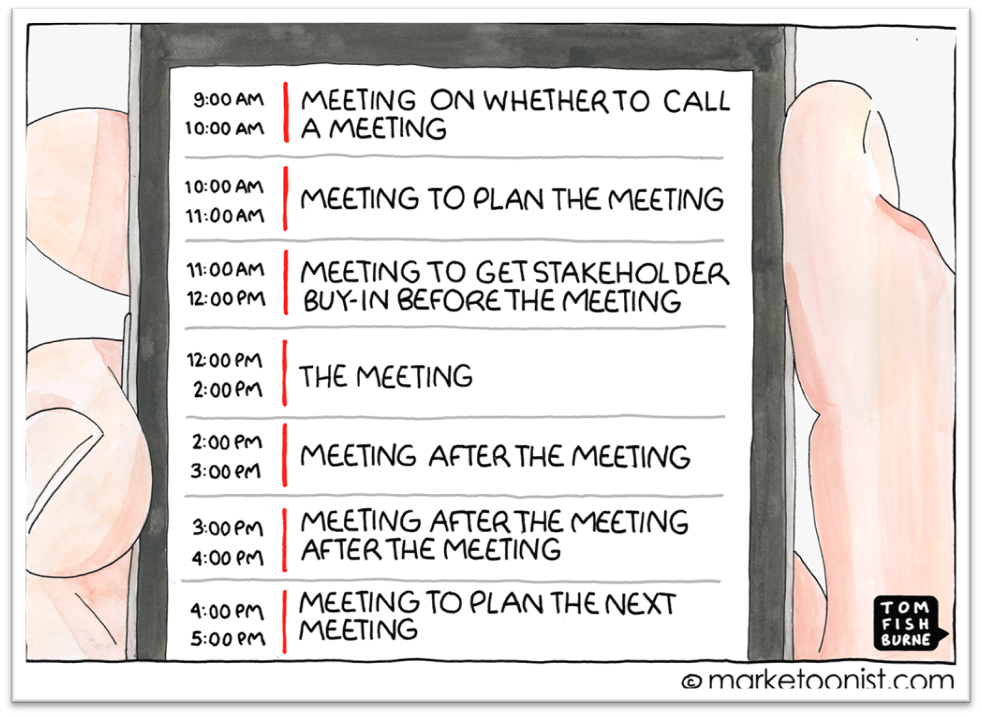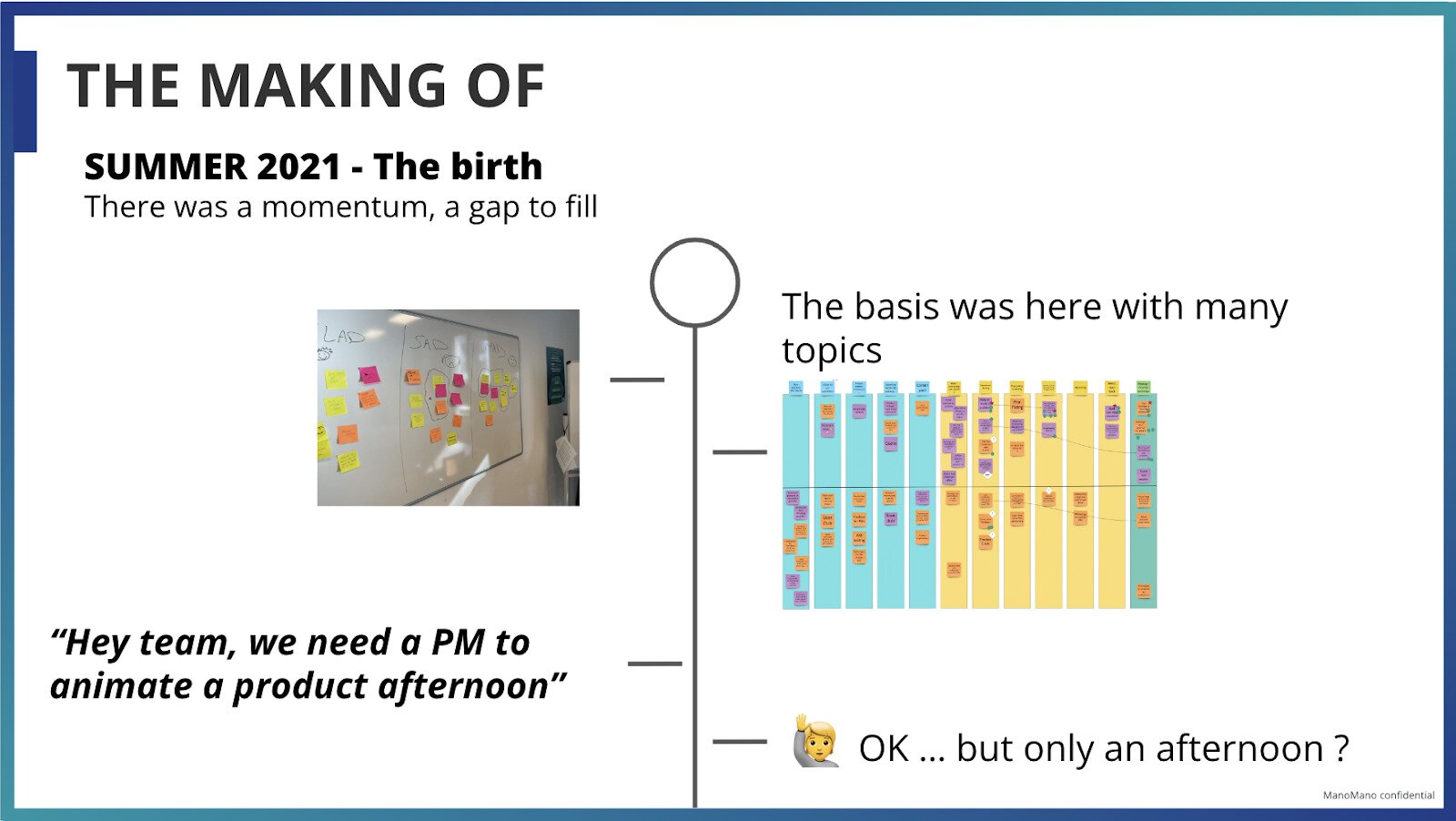In this digital breakout session at #mtpcon London 2022, Taylor Belchak, Product Operations Lead at Deliveroo, discusses product operations and why they are essential to business success.
Watch this video or read on for key highlights from the talk.
The emergence of product operations
Product operations develop with the business growth. Businesses at their initial stage have minimal product operations because of their scale and size. During the early stages of start-ups, maintenance and operations are smaller because of the small customer pool and staff.
As the organization scales, the simple tasks become full-scale critical work streams. If businesses do not scale their operations, they are at risk of low adoption and even damage customer relationships.
Product managers often cannot give dedicated time for operation and development. Product operations can assist managers and optimize the process by freeing up product management time.
The role and structure of product operations can be different across organizations. Moreover, it also varies on factors like business model, customer base, or product type.
Pillars of product operations
There are a few key pillars that are consistent for all product operation teams
Standardize
The standardized pillar builds and simplifies standards within the products with the following tools
- Product documentation
- Feedback mechanism
- Requirement gathering
- Road mapping
Communicate
Communicate and build awareness of product roadmaps & progress with the following methods
- Overarching communication strategy for a consistent, reliable source of product updates
- Create customized communication methods for different audiences with the information they require for their day-to-day operation with the help of processes like kanban
Launch and maintain products
For a successful product launch, product operations teams should ensure the following elements in their products
- The product should be launch ready (usable, serviceable, and supportable). The product operations process addresses any issues that can occur post-launch.
- The product should be optimizable (capture customer feedback, determine the issue category, and give it priority)
How to bring a product back to health
Take, for example, a product with a high bug rate and low customer adaptation. Tech teams should first identify product issues that are causing challenges for customers. Then develop and release patches to address the problems in the existing product.
If the problems do not improve, tech and design teams should re-think if the initial design fits the purpose. This analysis will educate the team to re-design the product, which lower bug rates and high customer adaptation.
Optimize
Product management teams should drive operational efficiencies by:
- Reducing the time invested within the operations and operations reliant on a product organization
- Identifying manual work or an inefficient process and using product operations to drive efficiencies
Key notes
- One size does not always fit all. Be open to simplifying working methods. Recognize when you are detracting values from a process by force-fitting a single solution for all cases
- First nail it and then scale it. It means developing a product and testing processes before growing to a larger audience. Without it, product improvement can fall and get in a worse state
- Know when to let things break. Teams should know when plugging a gap is critical for the success of your business, vs. when it's causing a serious issue to be overlooked and deprioritize
There's more where that came from!
Explore more #mtpcon London 2022 content, or use our Content A-Z to find more product management insights.






